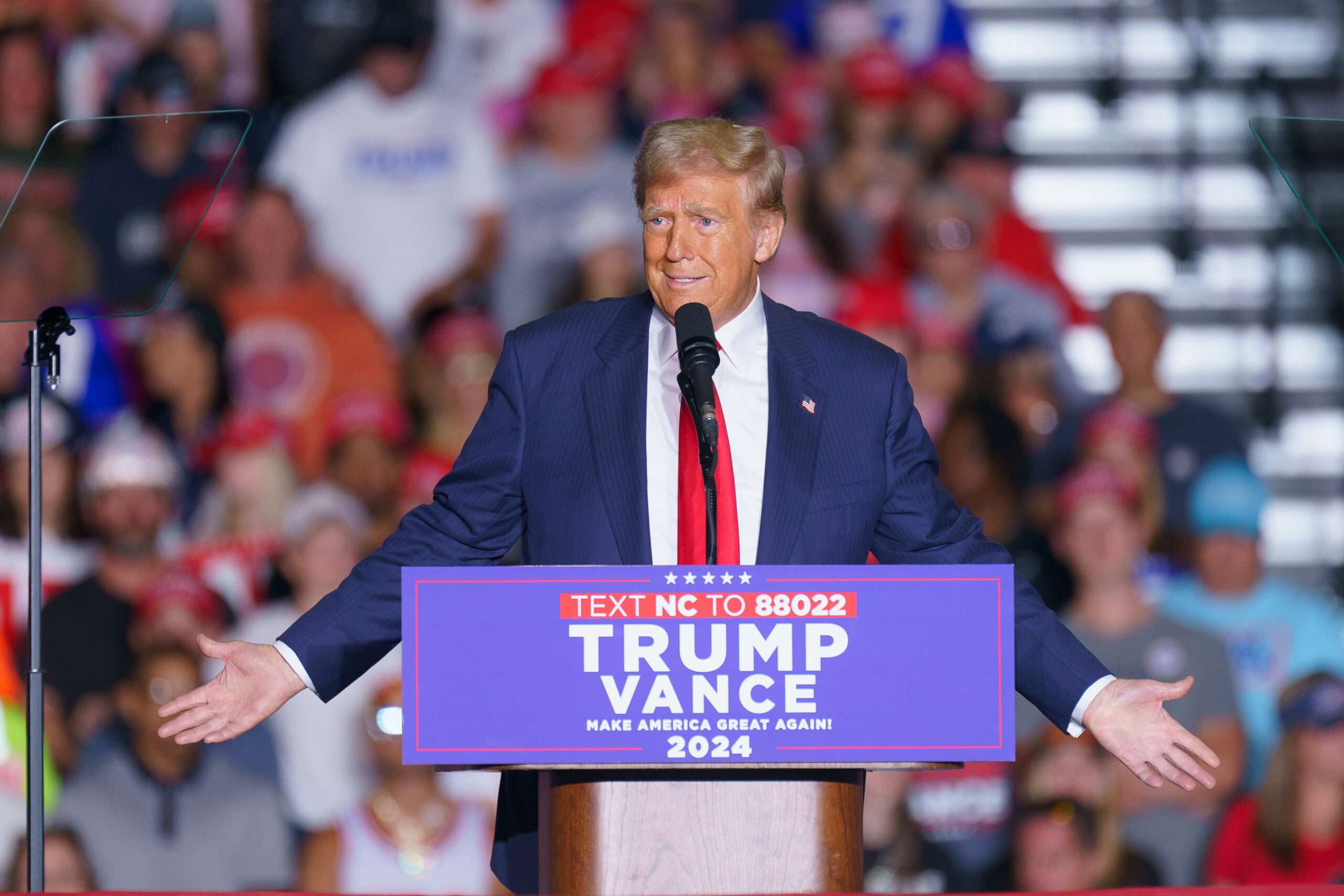Former President Donald Trump was asked about the possibility of eliminating the federal income tax during a town hall event at a barbershop in the Bronx this week. His response shed light on his understanding of fiscal policy and what he may be overlooking despite his years in office.
While the idea of eliminating the federal income tax may seem random, it’s a valid question given Trump’s previous promises to exempt various types of income from taxation. Trump even referenced the 1890s when the United States operated without an income tax, suggesting a return to such a system.
However, the key to fiscal policy lies in both revenue and spending. Cutting the income tax without a plan to reduce spending to 1890s levels would be unfeasible. In the 1890s, government spending averaged around 3 percent of GDP, significantly lower than the current expenditure exceeding 24 percent of GDP.
Trump’s proposal to mirror 1890s fiscal policy overlooks the practicality of such a drastic spending cut. Bringing government spending back to 1890s levels would mean drastic reductions in essential programs like Social Security and defense, which are major components of the current budget.
While Trump’s nod to the 1890s may resonate with some supporters, the real challenge lies in addressing the current spending levels and debt accumulation. Simply cutting taxes without a concrete plan to control spending would exacerbate the deficit and widen the gap between government services and revenue.
To effectively manage fiscal policy, the focus should be on aligning government spending with revenue generation. Any discussions about tax cuts must be accompanied by a comprehensive strategy to curb spending and ensure fiscal responsibility.





